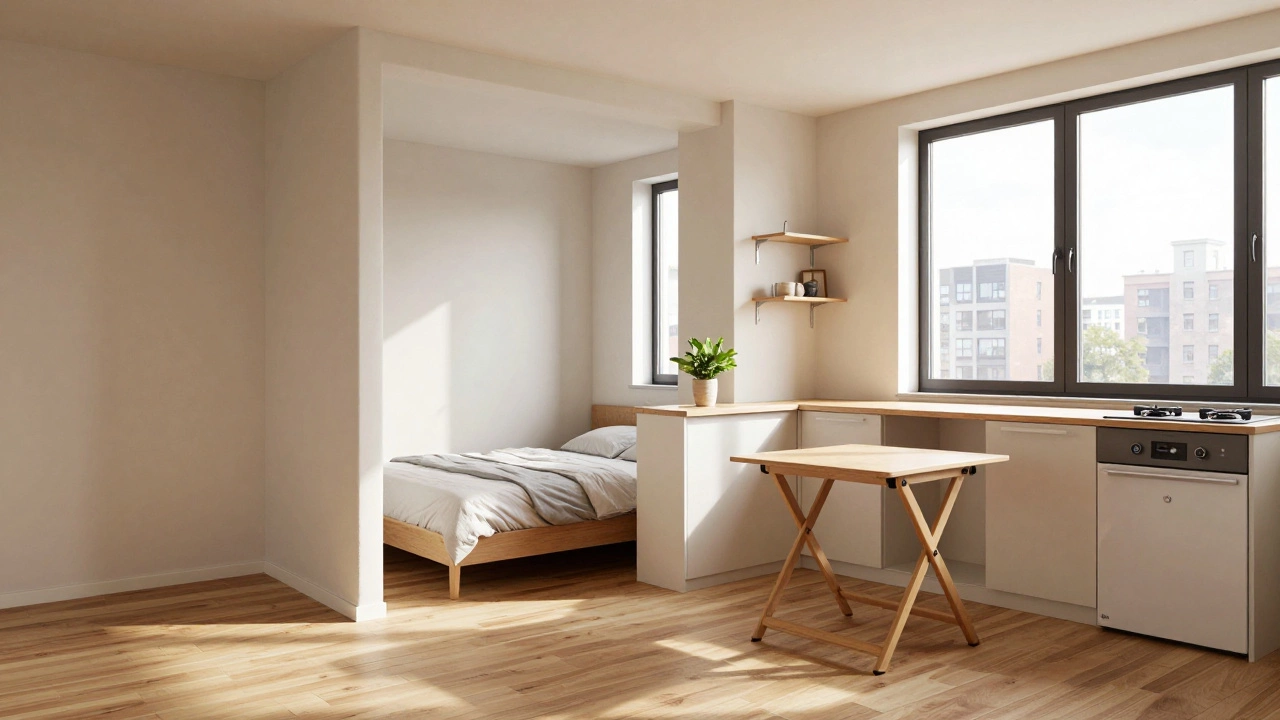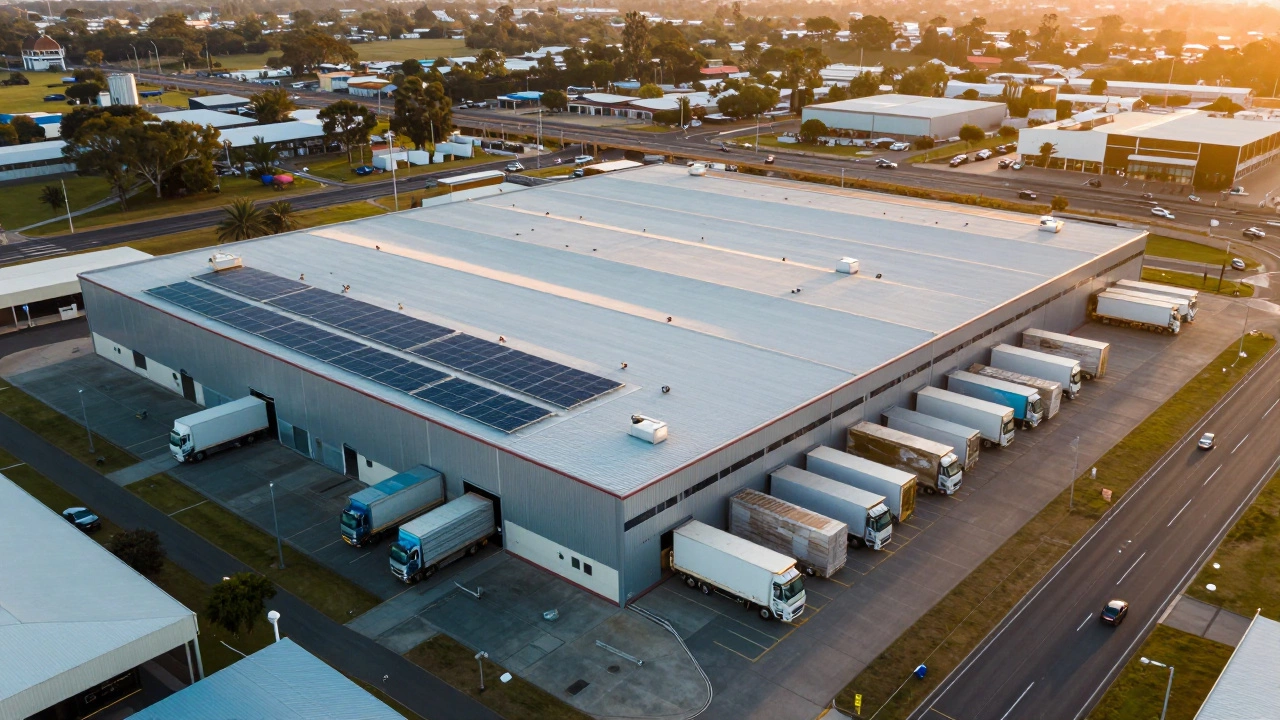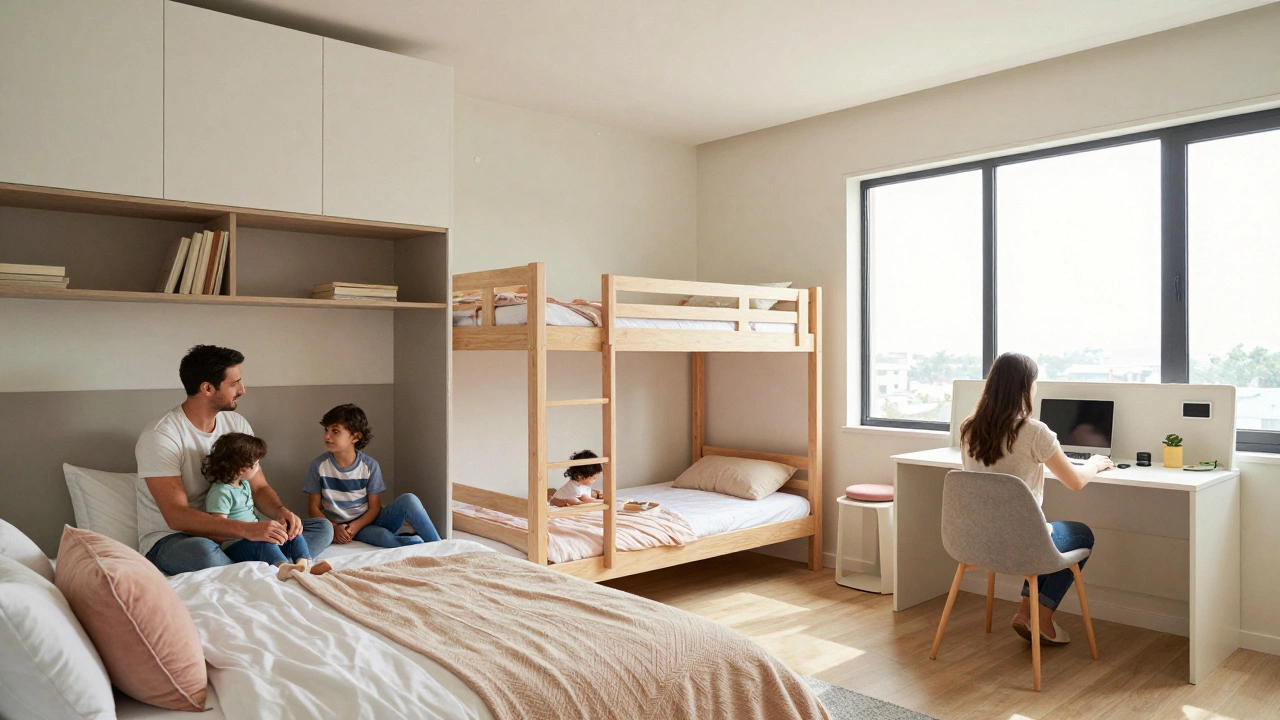Ever notice how two seemingly similar houses on the same street can have wildly different price tags? There’s more at play than just a coat of paint or the number of bedrooms. Every year, the game shifts, and what made a property hot last decade barely moves the needle now. So, what packs the biggest punch for boosting property value in 2025? We’re not talking quick-fixes or generic tips—think big, bold changes and the finer details that buyers and appraisers care about most right now.
Location and Neighborhood: The Unbeatable Value Boosters
Let’s be honest—location is the rock star of real estate. Even the flashiest upgrades can’t outshine a prime spot. Right now, people are zeroing in on walkability, access to good schools, low crime rates, and proximity to job hubs. If your home’s near a top-rated public school or sits close to a popular business district, expect to see that reflected in your property’s valuation. According to a 2024 study by Redfin, homes in neighborhoods with a walk score above 80 sold for 23% more than similar properties in car-dependent areas.
But it’s not just about city center addresses anymore. The past couple of years have shown a surge in demand for “third ring” suburbs—those quiet pockets with great internet, parks, and a little extra breathing space. Working from home became the norm for millions, so buyers are hunting for places with peaceful surroundings and top broadband speeds. Places near green spaces or close to buzzing “mini-downtowns” are trending up, and investments in local infrastructure—like new highways or train lines—have caused values to jump by 10-15% in affected areas almost overnight when projects complete.
Don't forget neighborhood vibes. Community events, friendly faces, and local amenities like coffee shops build the sort of environment buyers crave. According to Zillow, 69% of buyers in 2024 ranked “a sense of community” as a top priority—more so than square footage. So if you’re mulling over updates, consider anything that will tie your home more closely to the emotional heart of your neighborhood.
One more thing—zoning. Properties with flexible zoning or the ability to add an accessory dwelling unit (ADU) or in-law suite can command a 20% premium in certain markets. If your home sits on a corner lot or has potential for subdivision, don’t overlook those options.

Upgrades and Features Buyers Pay For
While “location, location, location” never gets old, buyers in 2025 expect more than just a good address. The right upgrades make your property irresistible—and fetch you more at closing. Kitchens and bathrooms still rule, but the specifics keep evolving. Quartz countertops, energy-efficient appliances, and walk-in showers top the wish lists now, leaving granite and big Jacuzzi tubs in yesterday’s news. According to a July 2025 HomeAdvisor survey, minor kitchen remodels offer a 72% return on investment, especially when focused on smart storage and sleek, modern finishes.
Don’t underestimate curb appeal. First impressions can make or break a sale. A fresh front door, well-chosen house numbers, and neat landscaping can add thousands to the sale price. Solar panels have also become status symbols and cost savers. Eco-friendly features aren’t just for the hippies anymore—they’re mainstream. The U.S. Department of Energy found that solar-equipped homes sold for about 4.1% more in 2024 compared to similar non-solar homes.
Inside, open-plan layouts are quietly losing steam, while “pocket spaces” for privacy are trending. Buyers love to see flexible rooms—a spare bedroom turned home office or a finished basement that doubles as a movie lounge. Pet-wash stations, dedicated laundry rooms, and tons of natural light score serious points too. The new must-have? Built-in tech. Smart thermostats, video doorbells, and mesh Wi-Fi systems boost perceived value, sometimes by as much as 5-10% according to research by SmartHomeToday. Even simple things like extra outlets and secure package delivery boxes make a home stand out in a crowded market.
Don’t go overboard, though. Ultra-luxury improvements like custom theaters or wine cellars rarely pay for themselves in the average neighborhood. It’s about matching upgrades to the expectations of local buyers—tile roof in Florida, heated floors in Minnesota, you get the drift. Talk to local agents or check real estate websites to see what features actually help properties move in your zip code. And always keep maintenance up—a stunning kitchen won’t save you if the roof leaks or the plumbing rattles.

Market Timing, Presentation, and Legal Factors
So you’ve got a home in the right spot with killer upgrades, but don’t let that lull you into thinking your work’s done. Timing can make or break your sale. Spring and early summer traditionally bring out serious buyers, but in 2025, more buyers hunt in fall and even winter to dodge bidding wars. Keeping an eye on interest rates helps—mortgage bumps often cool demand, so listing right after a big rate drop can mean extra competition (and higher prices) from eager buyers.
Now, presentation is huge. Staging works. Seriously, staged homes sell 88% faster and for about 20% more according to a National Association of Realtors report this year. Fresh paint, a sparkling clean interior, and tastefully rearranged furniture help buyers see themselves living there. It’s not just fluff—it’s science. Our brains react to mood lighting and uncluttered spaces by imagining happier lives, which means bigger offers.
The legal side packs plenty of punch too. Unpermitted additions are a value-killer. Lenders and buyers get cold feet when paperwork doesn’t match what’s on the ground. Double-check permits for all major work, and get your title squeaky clean. Encroachment issues or an old lien can delay closing or sink a sale entirely. If you’re in an HOA, compliance matters. Fines and legal battles over fences or landscaping can scare off buyers in seconds.
Finally, understanding your local real estate market is half the battle. Use data—lots of sites break down days on market, price trends, and what’s moving in your specific neighborhood. Sometimes it’s better to hold for a few months if a major employer is moving in or a new train station is opening nearby.
To really nail your sale, blend strategy and common sense. Set your price based on comparable sales, but know the rare details that make your home pop. Maybe it’s the corner lot with extra windows or the energy-saving upgrades no one else has. The secret sauce? It’s not just what your home is—but how you present it, when you list it, and whether buyers can picture their dream life there.





